At the Hiroshima Peace memorial in Japan stands a monument to Sadako Sasaki, a young girl who was two years old when the atomic bomb was dropped on Hiroshima on August 6, 1945. Ten years later she was diagnosed with leukemia and was hospitalized, given about a year to live.
At the urging of her best friend, Sasaki set out to make 1,000 origami cranes in reference to Senbazuru, a Japanese word meaning “a group of one thousand origami paper cranes held together by string.”
Cranes are a symbol of longevity and happiness in Japan, and an ancient legend holds that anyone who folds 1,000 origami cranes will be granted a wish, such as long life or recovery from illness or injury. Sadly, Sasaki didn’t get her wish and died at the age of 12.
In 1958, a statue of Sasaki holding a golden crane was unveiled in the Hiroshima Peace Memorial with a plaque that reads: “This is our cry. This is our prayer. Peace on Earth.”
Dedicated to Sasaki and all the children who died from the effects of the atomic bomb, people all over Japan celebrate August 6 as the annual peace day. Senbazuru has also become a strong symbol of world peace.
Now, an organization called Origami for Japan has launched a worldwide paper crane-folding initiative in support of the people of Japan following the recent earthquake and tsunami.
Events are being held around the world at which well-wishers will fold 1,000 origami paper cranes “as a symbol of companionship” for those who are suffering in Japan, according to a press release.
“Origami for Japan strongly believes that through mass participation in origami folding events, the initiative will serve both as a memorial for the many who have lost their lives and provide hope and strength to those who continue to suffer the devastating effects of the disaster,” the release said.
The ultimate goal of the initiative, which is largely supported by AIESEC Alumni Japan, is to deliver origami chains to Sendai, Japan, in order to “provide hope of quick recovery by highlighting the bond that has been expressed by the global community.”
In a separate initiative, students at York University in Toronto, Hamilton’s McMaster University, and the University of Waterloo have been making paper cranes to raise money for the relief effort in Japan. For each dollar donated, the students fold one crane. They plan to donate the cranes to York’s sister universities in Japan while the money will go to relief efforts.
Other crane-making/fundraising events have taken place in Prince Edward Island, Nova Scotia, Saskatchewan, and British Columbia.
With the help of his parents, 12-year-old Aleks Burchill of Dartmouth, Nova Scotia, folded 1,000 paper cranes after his mother told him about the Japanese tradition. His idea was that if people donated $2 for each crane, he could raise $2,000 and donate it to Red Cross relief efforts in Japan.
Aleks and his dad delivered the cranes, which were strung together, to the Ambassador of Japan in Ottawa in late March.
A message Aleks had written on the wing of one paper crane reads: “My wish is that the people of Japan do not lose hope and that they know that we care.”
At the urging of her best friend, Sasaki set out to make 1,000 origami cranes in reference to Senbazuru, a Japanese word meaning “a group of one thousand origami paper cranes held together by string.”
Cranes are a symbol of longevity and happiness in Japan, and an ancient legend holds that anyone who folds 1,000 origami cranes will be granted a wish, such as long life or recovery from illness or injury. Sadly, Sasaki didn’t get her wish and died at the age of 12.
In 1958, a statue of Sasaki holding a golden crane was unveiled in the Hiroshima Peace Memorial with a plaque that reads: “This is our cry. This is our prayer. Peace on Earth.”
Dedicated to Sasaki and all the children who died from the effects of the atomic bomb, people all over Japan celebrate August 6 as the annual peace day. Senbazuru has also become a strong symbol of world peace.
Now, an organization called Origami for Japan has launched a worldwide paper crane-folding initiative in support of the people of Japan following the recent earthquake and tsunami.
Events are being held around the world at which well-wishers will fold 1,000 origami paper cranes “as a symbol of companionship” for those who are suffering in Japan, according to a press release.
“Origami for Japan strongly believes that through mass participation in origami folding events, the initiative will serve both as a memorial for the many who have lost their lives and provide hope and strength to those who continue to suffer the devastating effects of the disaster,” the release said.
The ultimate goal of the initiative, which is largely supported by AIESEC Alumni Japan, is to deliver origami chains to Sendai, Japan, in order to “provide hope of quick recovery by highlighting the bond that has been expressed by the global community.”
In a separate initiative, students at York University in Toronto, Hamilton’s McMaster University, and the University of Waterloo have been making paper cranes to raise money for the relief effort in Japan. For each dollar donated, the students fold one crane. They plan to donate the cranes to York’s sister universities in Japan while the money will go to relief efforts.
Other crane-making/fundraising events have taken place in Prince Edward Island, Nova Scotia, Saskatchewan, and British Columbia.
With the help of his parents, 12-year-old Aleks Burchill of Dartmouth, Nova Scotia, folded 1,000 paper cranes after his mother told him about the Japanese tradition. His idea was that if people donated $2 for each crane, he could raise $2,000 and donate it to Red Cross relief efforts in Japan.
Aleks and his dad delivered the cranes, which were strung together, to the Ambassador of Japan in Ottawa in late March.
A message Aleks had written on the wing of one paper crane reads: “My wish is that the people of Japan do not lose hope and that they know that we care.”
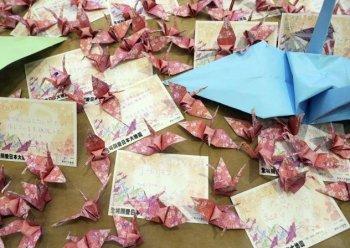
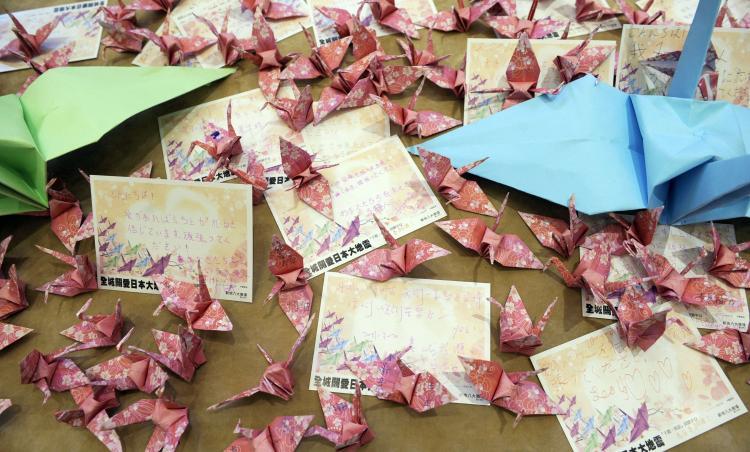
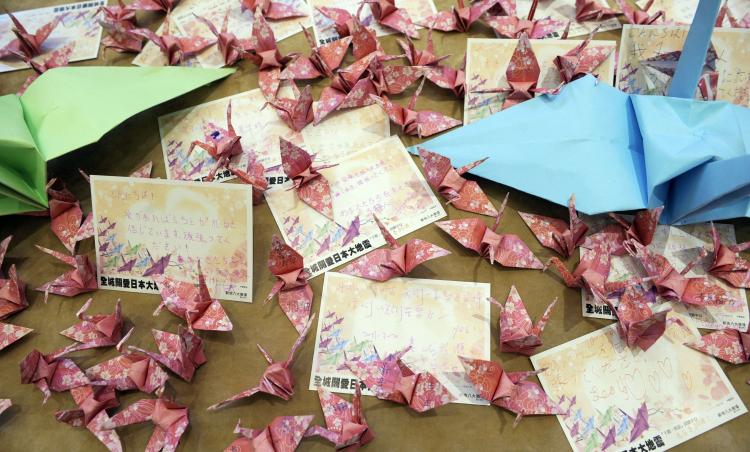
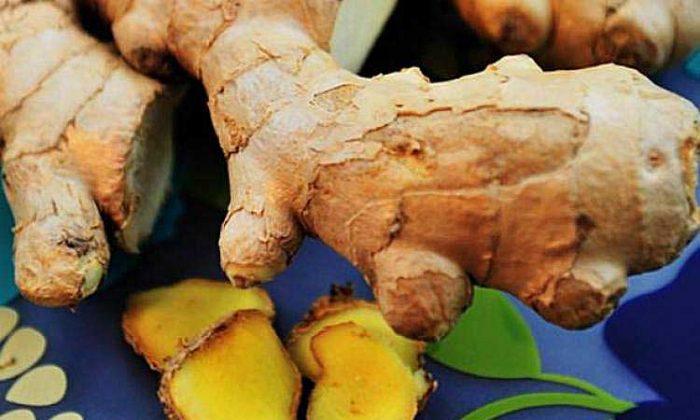
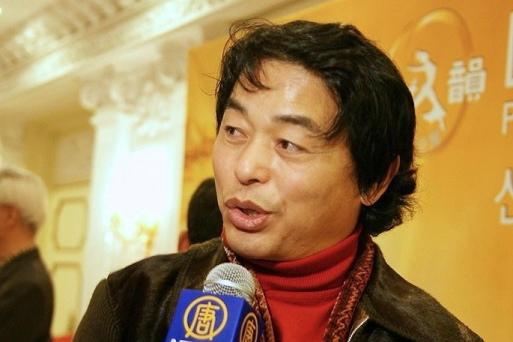
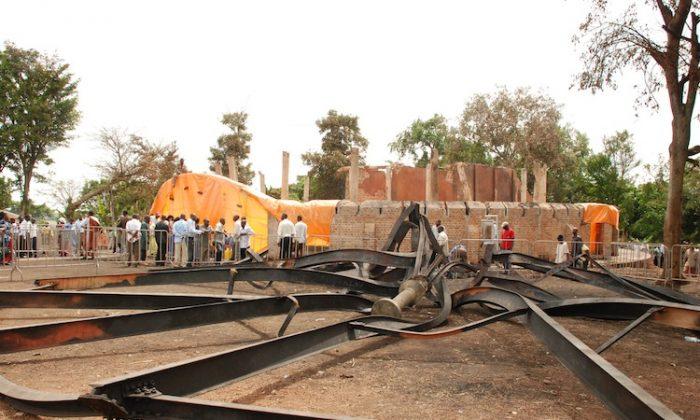
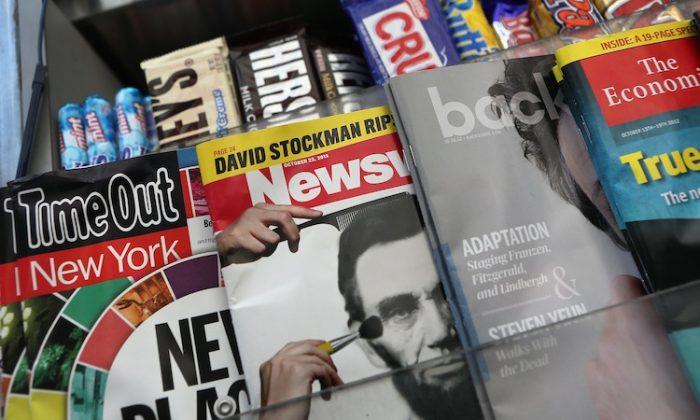
Friends Read Free